WASHINGTON — As an artist, Sam Van Aken tends to work with some unusual media.

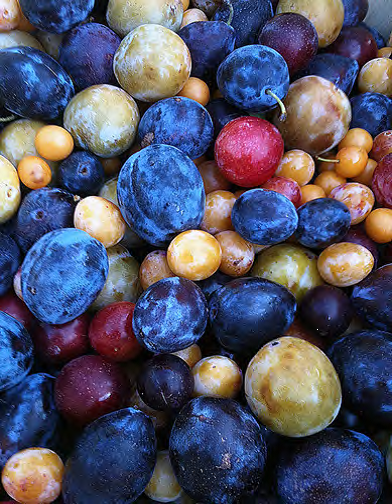
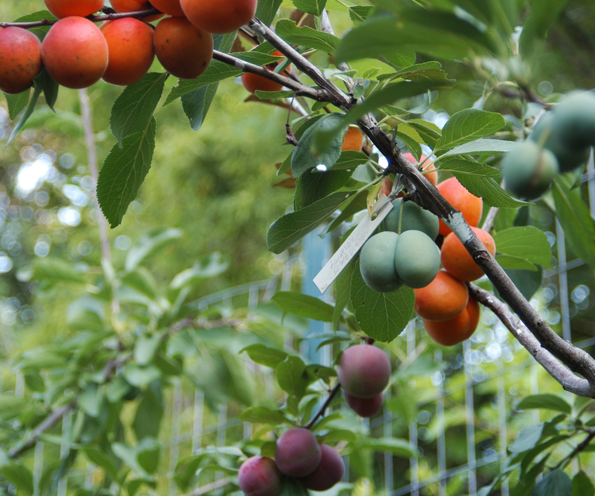
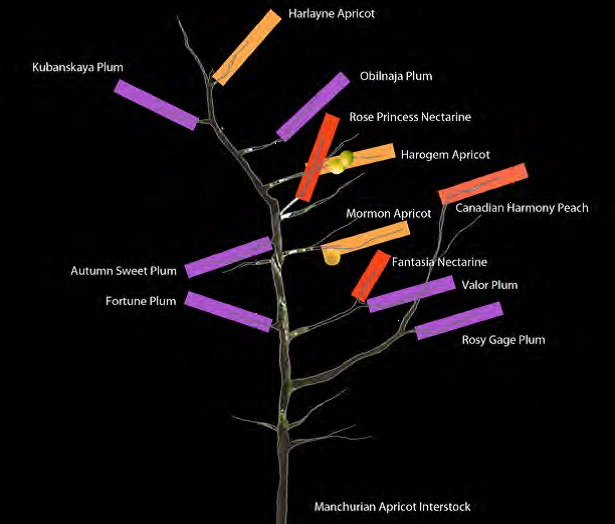
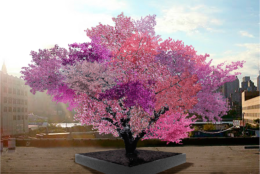
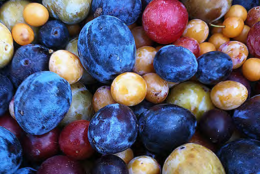
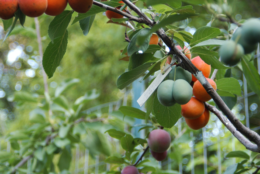
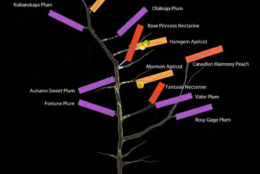
While others are content to follow their vision using pencils, brushes and a canvas, he’s using weather balloons, planes and clouds.
He also uses more-terrestrial media, and one example will be on display this weekend at the Smithsonian Institution.
Van Aken’s “Tree of 40 Fruit” is a series of hybridized fruit trees. Through grafting, he’s grown over 40 varieties of stone fruits — such as plums, apricots and cherries — on an individual tree.
“I wanted to have a tree that blossomed in different colors,” said the Syracuse University professor, who learned about grafting as a child.
‘The most amazing magical thing’
“I saw my grandfather do it, and it was kind of like the most amazing magical thing I’ve ever seen,” Van Aken said.
“He took a branch from a peach tree and put it on to another peach tree. He said, ‘Just wait here, and by next spring it will start to grow and become another branch,’ and sure enough it did.”
That family background in agriculture led to using this unexpected medium.
“Even though I grew up in a farming community, grafting had this certain sort of mysticism to it,” he said. “It was this skill that was greatly admired. … It wasn’t common knowledge.”
Since he started the project about eight years ago, he’s crafted 25 trees, most of which are on display around North America. In addition, some are in Sweden and even in China.
The tree that will be on display Friday through Sunday is part of the ACCelerate Creativity and Innovation Festival. Organizers call the event at the National Museum of American History a celebration of Atlantic Coast Conference universities’ “creative exploration and research.”
Innovating across disciplines
Drawn from the ACC’s 15 campuses, the festival’s 48 exhibitions span civic engagement; art and technology; sustainability and environment; biomimetics; health and body; and making.
Other exhibitions include:
- BodyExplorer, a medical simulator that allows healthcare trainees to learn anatomy and physiology through an augmented reality-enhanced, full-body simulated patient (University of Pittsburgh)
- The aqueous immersion surgical system, which provides “reliable wound containment for surgical treatment” in reduced-gravity conditions (University of Louisville)
- Electrocet, a proof-of-concept vehicle for a versatile hybrid-electric powertrain system “that can deliver electric-only commuting, superb fuel economy and thrilling acceleration” (Georgia Tech University)
The festival’s aim is to showcase projects that bring together scientists, engineers, artists and designers, said Dr. Ben Knapp of Virginia Tech University, who’s the festival’s co-chair.
“They require cross-disciplinary collaboration,” Knapp said.
Layers of symbolism
Van Aken’s horticulture/artwork is slow trial and error: It takes a few years to know whether a graft has truly taken. He controls it all with strategic graft placement and pruning, as well as working around each fruit’s growth cycle.
The exhibitions, he said, comprise layers of symbolism.
“They’re almost like Frankenstein trees,” he said, “but then they can also operate in a completely different, almost sacred-like layer.”
That nod to the sacred is seen in his most recent efforts, which involve a literal eye to the heavens: He’s using balloons and planes to create crepuscular rays — or as he calls it, “the light of heaven.”
It’s another example of how Van Aken manipulates nature to enhance its beauty. “The Tree of 40 Fruit” exhibitions manage to improve a tree’s springtime beauty, with blossoms that radiate a spectrum of vibrant pastel hues.
“Seeing the trees in the spring every year — it still becomes a surprise for me,” Van Aken said. “When you see them blossom … they’re evolving. They’re changing, Every year, each individual tree becomes different and something else.”








